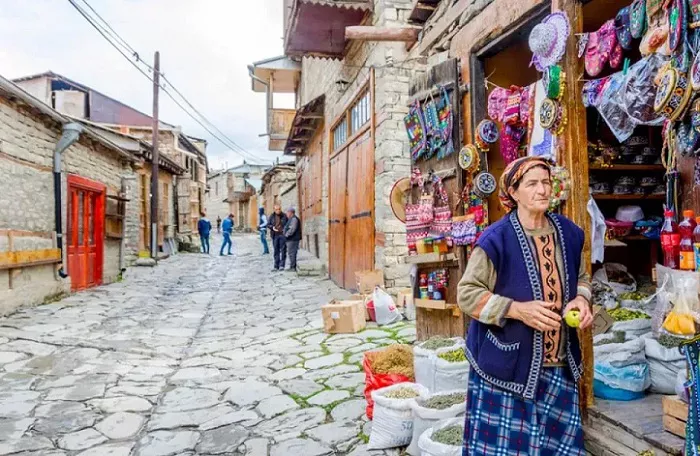The West Azarbaijan Cultural Heritage Department, in collaboration with the Research Institute of Cultural Heritage, has prioritized archaeological excavations at one of the region’s oldest places of worship, according to a report by ILNA. The mosque, a historic site in the Azarbaijan region, has undergone renovations across various historical periods.
Morteza Safari, a senior official with the department, emphasized Iran’s rich civilizational legacy, noting West Azarbaijan’s abundance of cultural assets, including ancient hills and historical sites. The province is home to nearly 1,400 historical mounds and sites, with 1,835 monuments listed on Iran’s national heritage register. Additionally, five of its cultural sites have been inscribed on UNESCO’s World Heritage List.
Safari highlighted key archaeological efforts, including significant excavations at Qalaichi (also spelled Ghalay-chi) hill. These studies were prompted by the threat of submersion from the Chaparabad Dam project. The excavation revealed prehistoric settlements and yielded important findings.
Beyond archaeological research, the department completed 30 restoration projects in the past Iranian year, supported by national and provincial funding amounting to 1,300 billion rials (approximately $1.4 million). Safari also revealed that around 200 heritage registration files are currently awaiting approval.
Efforts to reclaim historical monuments previously held by other government bodies, such as the Ministry of Education, have also progressed. Among these is the 22nd Bahman School, located in Urmia’s Imam Square. Covering 4,000 square meters with a built-up area of 2,400 square meters across three floors, the structure has been transformed into Urmia’s museum.
Similarly, the historic Hedayat School was acquired and repurposed as the House of Handicrafts following restoration. The Ansari Historical House, dating to the Qajar period, was also transferred to the heritage department. The first phase of its renovation has been completed, with the second phase scheduled for this year. In Maku, a Qajar-era estate has likewise been placed under the department’s stewardship.
Safari underscored the challenges of site preservation, noting that 50 staff members are responsible for protecting 1,400 heritage sites and hills—an insufficient number given the scope of the task. He called on the public to engage actively in safeguarding the region’s cultural and historical treasures.

